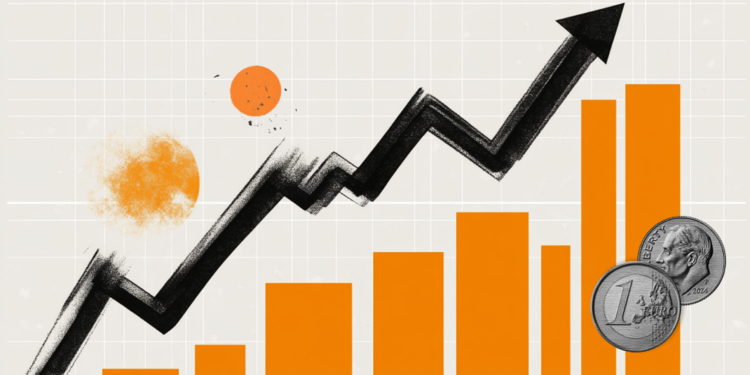Nearly half of all new cars sold in China this year are either electric or hybrid


China’s electric vehicle (EV) boom has seen another upward trend, having seen increased usage for long-distance journeys during the Chinese festive season. However, exporters are far from being festive this period due to the potential ramifications this development would have in the global oil markets.
The country saw reduced consumption of gasoline during China’s Golden Week holiday, a week-long holiday celebrated in October to mark the nation’s founding.
This holiday is historically marked with a surge in gasoline usage and, in some cases, scarcity. However, there’s now a deviation, and a new trend is already forming due to EV adoption.
Electric cars are usually reserved for urban commutes, but now, they have gone mainstream, with nearly half of all new vehicles sold in China this year being either fully electric or hybrid.
A driver’s journey mirrors a national shift
A Chinese man, Tianyu Jiang, recently spoke to reporters about his experience driving his electric vehicle from the southwestern Sichuan basin to Beijing. The 2,000 km (1,242 miles) road trip was Jiang’s first long-distance journey in an EV.
He said, “I used to drive a petrol car and had never taken an EV for such a big trip, but long-distance driving for an EV doesn’t feel like a problem anymore.”
His story was far from unique, as the Chinese transport ministry reported that of the 63.5 million car trips recorded during the eight-day break, about a fifth were in electric or hybrid vehicles.
Charging stations, once scarce outside urban areas, now dot the country’s major routes. “During travel peaks, both charging and refueling mean waiting,” Jiang said. “If you really need a charge, exit the highway and you’ll find charging stations within 10 km (6 miles), and it’s cheap.”
Gasoline demand stalls as oil exporters feel the chill
The most significant effect of this shift is being felt not on China’s highways, but in global fuel markets. For the first time in decades, the country’s traditional holiday surge in gasoline consumption failed to materialize. Instead, demand fell nearly 9% year-on-year in October to around 12.5 million tonnes, according to consultancy Sublime China Information. Average daily consumption remained flat from September, defying the usual seasonal uptick.
China’s gasoline demand, the world’s largest, is estimated to have peaked in 2023. The state oil company, Sinopec, research unit expects consumption to drop more than 4% this year as EVs displace internal combustion engines at a fast pace.
For global oil exporters, this is a warning sign that the long-anticipated peak in Chinese oil demand is no longer a distant possibility. A state energy researcher predicted in September that China’s overall oil demand will top out by 2027, with only petrochemical feedstocks offsetting transport declines.
More reliance on EVs to come
Charging ports have increased by more than 54% since last year, and this has been instrumental in making long-distance EV travel a reality for millions.
Companies such as CATL are now pushing the frontier further, developing ultra-fast charging systems that could replenish an EV battery in minutes. Earlier in the year, Robin Zeng, CATL’s founder, projected that half of China’s truck market will be electric by 2028, and should this be achieved, diesel prices will come crashing.
As the world’s largest importer of crude, China’s weakening appetite for gasoline threatens to erode one of the key pillars of global oil demand growth. Exporters in the Middle East, Africa, and Latin America, which have long relied on Chinese patronage to absorb supply, may face shrinking margins and may have to take more proactive steps in diversifying their energy economies.
Get up to $30,050 in trading rewards when you join Bybit today





